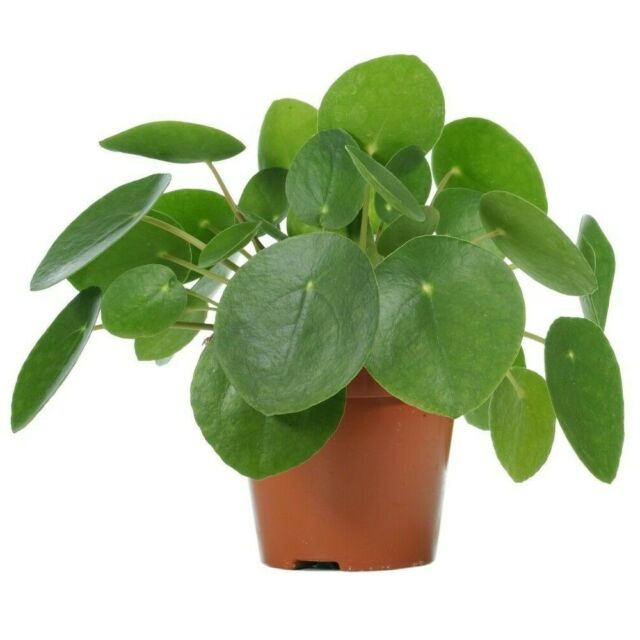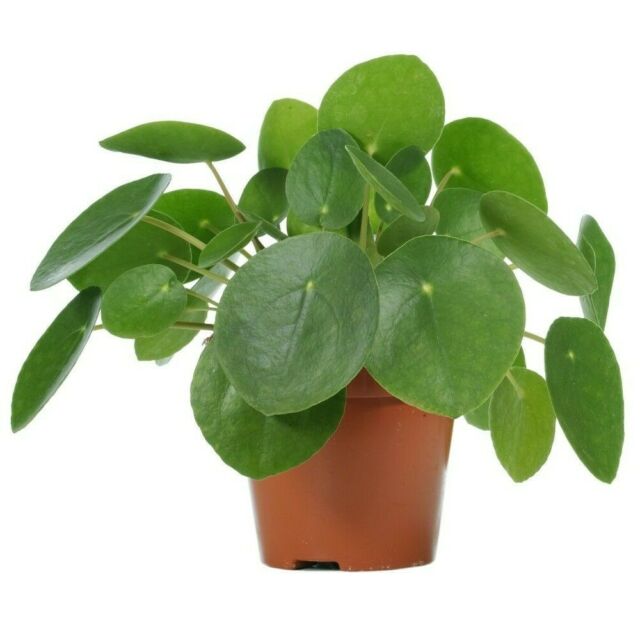
Get to Know Pilea Plant!
Highlights
Watering
Sunlight
Pet-Friendly?
Sad Plant (is your plant dying?)

